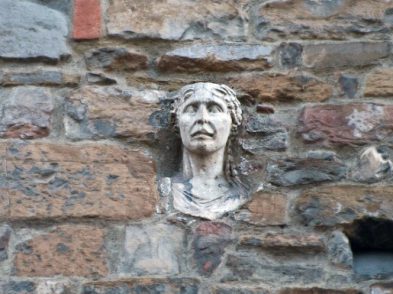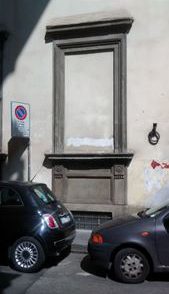How many times have you walked past the sundial outside the Galileo Museum in piazza dei Giudici without giving it a second glance? Merging contemporary art and ancient science, the sundial indicates the time, date and direction. It can even orient stargazers to the night sky.

Built in 2007, the sundial consists of two bronze slabs (stelae), which together form the gnomon. This is topped by a glass ball. On the ground around the gnomon, a series of lines and symbols extends for 15 metres.
‘Reading’ the instrument involves looking at the shadow cast by the monument in relation to the lines and symbols. The brass lines tell the time (true solar time) of day. The stone lines and zodiac signs indicate the date.
The shadow cast by the ‘liziper’ (half lizard, half viper) on the southern stela marks midday.
On the base is a wind rose, a graphic tool that indicates direction, and on the northern stela are representations of two constellations, Ursa Major and Ursa Minor, which allow for the identification of Polaris, the North Star.







